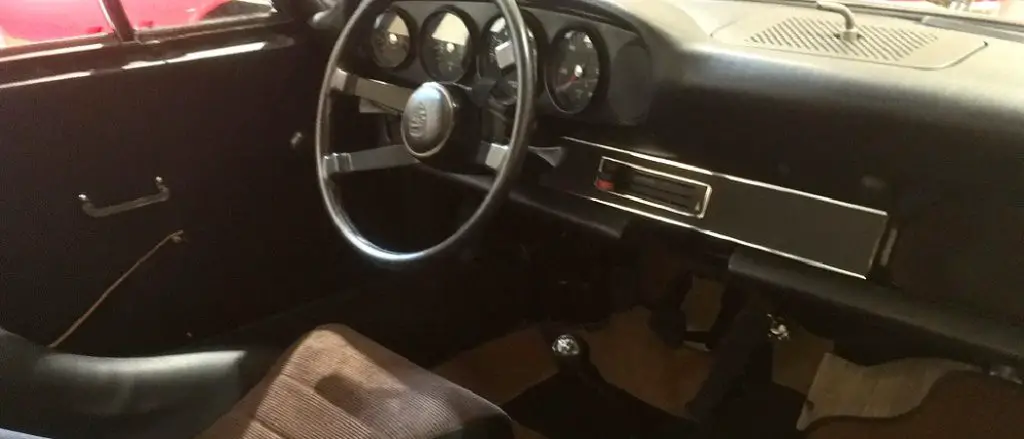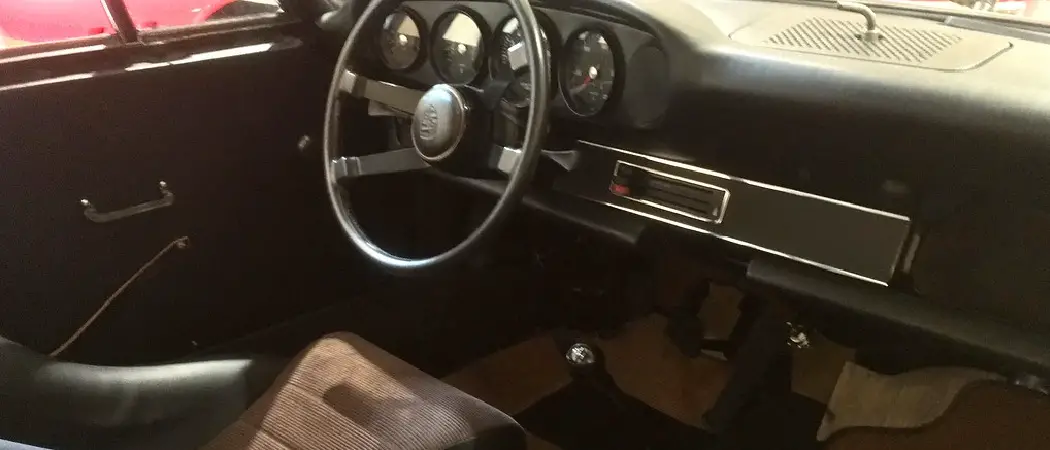Yes, sound deadening works in cars by reducing interior noise, creating a quieter driving experience. Sound deadening materials absorb and block unwanted noise, minimizing road and engine sounds that enter the car cabin.
Additionally, sound deadening can improve the overall acoustics of the vehicle, making music or conversations clearer and more enjoyable while driving. Installing sound deadening materials in cars can lead to a more comfortable and peaceful driving environment, enhancing the overall driving experience.
Car owners looking to reduce noise levels inside their vehicles commonly opt for sound deadening solutions to create a quieter and more serene driving atmosphere.

Types Of Sound Deadening Materials
Sound deadening materials in cars are effective at reducing noise levels by absorbing vibrations and blocking sound waves. Different types, such as butyl rubber sheets, mass loaded vinyl, and foam insulation, can be used to improve the overall acoustic quality of a vehicle’s interior.
When it comes to reducing noise and improving the sound quality within your car, sound deadening materials are a must-have. These materials work by absorbing or dampening the unwanted noise generated by the engine, tires, and other external factors, allowing you to enjoy a quieter and more pleasurable driving experience. In this article, we will explore the various types of sound deadening materials commonly used in cars.
Mass Loaded Vinyl
Mass Loaded Vinyl, often abbreviated as MLV, is one of the most popular sound deadening materials used in cars. It is a specialized type of vinyl sheet that contains tiny particles of materials such as Barium sulfate or calcium silicate, which give it its impressive soundproofing capabilities. MLV is typically installed in various areas within the car, including the doors, floor, and trunk.
Here’s a look at the key features and benefits of using Mass Loaded Vinyl:
- Effectively reduces and blocks both airborne and structure-borne noises.
- Easy to install, thanks to its flexible and lightweight nature.
- Provides excellent thermal insulation, keeping your car cool in summers and warm in winters.
- Durable and long-lasting, ensuring years of reliable noise reduction.
Acoustic Foam
Another popular sound deadening material is acoustic foam. It is a soft, porous material that absorbs sound waves, minimizing echoes and reverberations within the car’s interior. Acoustic foam is commonly used in the doors, roof, and floor to enhance the sound quality and reduce external noise.
Here are the advantages of using acoustic foam:
- Offers effective sound absorption, creating a quieter and more immersive audio experience.
- Improves the overall sound clarity and prevents distortion.
- Easy to cut and shape, allowing for a customized installation.
- Available in various thicknesses and densities to suit different soundproofing needs.
Damping Pads
Damping pads, sometimes referred to as vibration dampeners, are another type of sound deadening material used in cars. These pads are made from specialized rubber or polymer materials that effectively absorb and reduce vibrations caused by the engine, road, and other sources. Damping pads are commonly installed on the car’s metal panels, such as the doors and roof, to prevent them from resonating and generating noise.
Here’s why damping pads are widely used:
- Significantly reduces the vibrations caused by the car’s internal and external factors.
- Improves the overall sound quality by minimizing rattling and vibrations.
- Easy to apply and install, with many pads featuring adhesive backings for simple attachment.
- Provides a durable and long-lasting solution for reducing noise and vibrations.
By understanding the different types of sound deadening materials available, you can make an informed decision on what will work best for your car. Whether it’s the mass loaded vinyl, acoustic foam, or damping pads, incorporating these materials can transform your car into a quieter and more comfortable environment.

Installation Process For Sound Deadening
The sound deadening installation process can effectively reduce noise in cars, creating a quieter and more enjoyable driving experience. By strategically applying sound-absorbing materials to vehicle interiors, sound deadening can significantly improve the overall sound quality inside the car. Get ready to enjoy a peaceful and serene ride by implementing sound deadening in your car.
Preparation
Before starting the installation, clean the surface thoroughly.
- Remove any dust or debris using a cleaning solvent.
- Ensure all panels are dry and free from any oils or residues.
Applying The Material
Proceed by applying the sound deadening material to the vehicle’s interior.
| Steps | Details |
|---|---|
| 1. | Cut the material to fit each panel accurately. |
| 2. | Peel off the backing and carefully press onto the surface. |
| 3. | Use a roller to ensure proper adhesion without air bubbles. |
Testing The Results
Finally, evaluate the effectiveness of the sound deadening process.
- Listen for reduced outside noises while driving.
- Check if there’s a decrease in vibrations or rattling sounds.
Common Misconceptions About Sound Deadening
It Eliminates All Noise
No, sound deadening does not completely eliminate all noise in a car. It helps reduce vibrations and road noise, creating a quieter interior environment.
It’s Only For Luxury Cars
Contrary to popular belief, sound deadening is not exclusive to luxury cars. It can be installed in any vehicle to improve the overall sound quality and reduce road noise.
The Price Doesn’t Justify The Results
While there is an initial investment, the long-term benefits of sound deadening can make it a worthwhile investment for vehicle owners seeking to improve acoustic comfort.
“`

Frequently Asked Questions Of Does Sound Deadening Work In Cars
Is Sound Deadening In Car Worth It?
Yes, sound deadening in a car is worth it as it reduces noise, improves audio quality and overall driving experience.
How Much Difference Does Sound Deadening Make To Car Audio?
Sound deadening significantly improves car audio by reducing outside noise and resonance, resulting in clearer sound. It enhances bass response and overall audio quality, creating a more enjoyable driving experience.
Does Sound Deadening Work Car Audio?
Yes, sound deadening can improve car audio by reducing noise and vibrations, resulting in better sound quality.
Where Should I Put Sound Deadening In My Car?
Place sound deadening material on car doors, floors, trunk, and roof to reduce noise and vibrations.
Conclusion
In essence, sound deadening can significantly improve your car’s audio quality and reduce noise levels. Investing in sound deadening materials is a practical way to enhance your driving experience. Consider the benefits and choose the best solution for a quieter, smoother ride.
Your ears will thank you!

